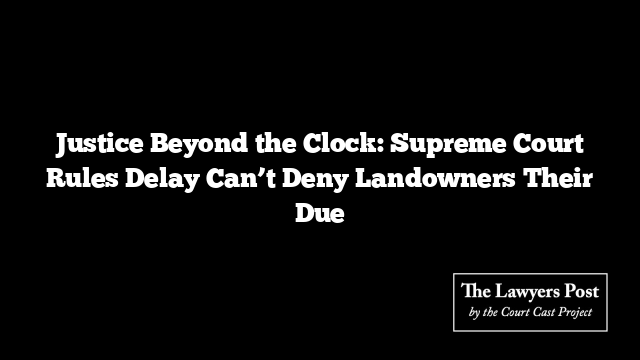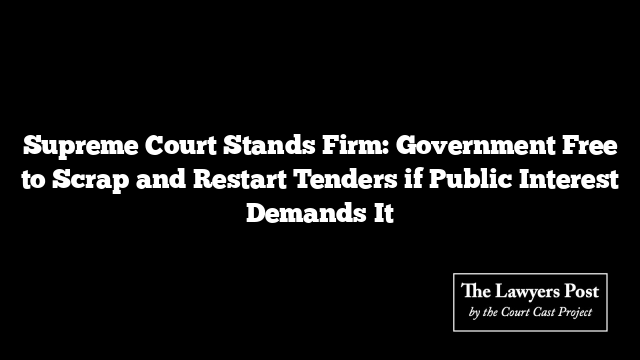In a decisive stance on fiscal responsibility and the limits of post-retirement perks, the Supreme Court has ruled that a government employee who has already cashed in the maximum permissible 300 days of earned leave at the time of retirement cannot lay claim to a second round of leave encashment after being re-employed.
This ruling, centered on a dispute from Sikkim, draws a firm line between employee welfare and financial prudence. The bench, comprising Justice JK Maheshwari and Justice Rajesh Bindal, emphasized that while leave encashment is rooted in the principle of deferred compensation—a reward for service without taking leave—it must not be stretched to the point of becoming a financial liability for the public exchequer.
The Story Behind the Showdown
The case revolved around a retired Medical Advisor who was re-employed shortly after retirement and later sought a fresh leave encashment payout—despite already having received the maximum 300-day benefit when he first hung up his boots in 2005. His re-employment, extended until 2019, became the basis for claiming another ₹20.5 lakh under the same rules.
Initially, the High Court sided with him, interpreting Rule 36 of the Sikkim Leave Rules to include re-employed personnel within its fold. However, the State objected, arguing that Rule 36 applied strictly to those retiring at the standard age of 58, while Rule 32—meant for re-employed individuals—was a different ballgame entirely.
The Supreme Court agreed with the State, firmly stating that the two rules operate in separate arenas. Rule 36, it said, applies only to those retiring from regular service—not those coming back for a second innings. Rule 32 merely allows the re-employed to be treated as fresh entrants for administrative purposes, but it doesn’t reset their leave encashment clock.
Beyond Technicalities: A Deeper Look at Leave Encashment
In its verdict, the Court dived deep into the philosophy behind leave encashment. It called it a form of deferred compensation, a legal acknowledgment of service rendered without availing entitled rest. The right to such compensation, it explained, exists within a well-defined legal and contractual framework, capping the benefit at 300 days. Once availed, the tap runs dry.
To read Rule 32 and Rule 36 as interchangeable, the Court cautioned, would unravel this balance and potentially open the floodgates to double benefits—an unsustainable burden on public finances.
Not Just Law—Equity and Economics
The ruling doesn’t ignore employee rights—it embraces them, but within reason. Leave encashment, the Court observed, is built on two pillars: equity (rewarding those who skip rest for work) and economic security (ensuring monetary protection akin to gratuity or pension). However, it warned against misinterpreting these principles to allow repeated encashment for the same service, which could tip the scales unfairly and result in unjust enrichment.
“No rule,” the Court said in essence, “should be weaponized to raid the public treasury twice over.”
Natural Justice? No Breach, Says Court
The employee argued that his leave encashment was revoked without a fair hearing. The Court wasn’t convinced. Given that his claim failed to meet the foundational requirement of Rule 36, no procedural irregularity could revive a benefit that wasn’t legally due.
The Takeaway
This judgment is more than a dry statutory interpretation—it’s a reaffirmation that employee welfare schemes must function within boundaries of logic, law, and fiscal responsibility. In the Court’s words, policies like leave encashment must “tread a careful path between the dignity of service and the discipline of finance.”
For re-employed public servants hoping for a second slice of the leave-encashment pie, the message is clear: once is enough.





